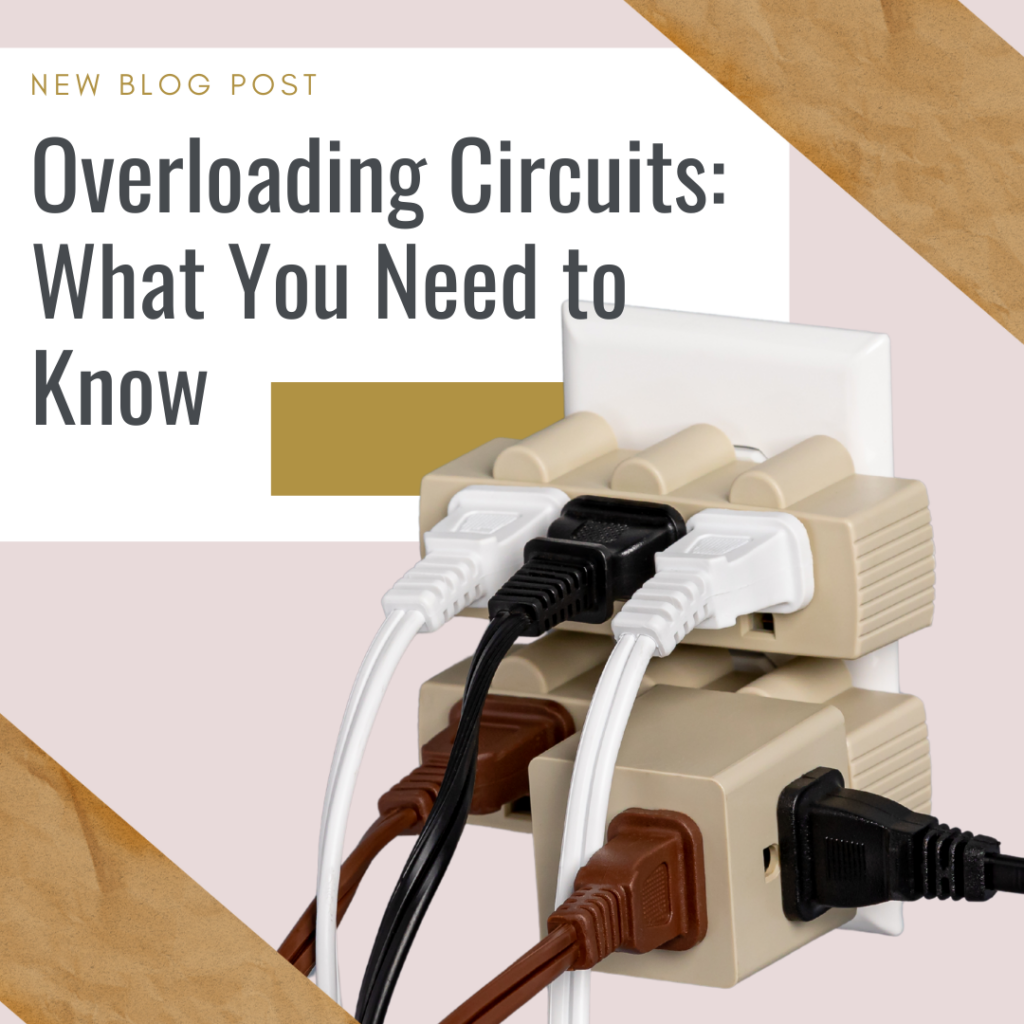Electricity powers our homes, businesses, and everyday lives, but improper usage can lead to serious hazards. One of the most common electrical dangers is overloading circuits, which occurs when too many devices are plugged into a single circuit, drawing more power than it can safely handle. This can result in overheating, electrical fires, or even damage to appliances. Understanding how to prevent circuit overloads can help keep your property and loved ones safe.
What Causes Circuit Overloading?
-
Too Many Devices on One Circuit – Plugging multiple high-wattage appliances into the same circuit can exceed its capacity, leading to overheating.
-
Old or Outdated Wiring – Older electrical systems may not be equipped to handle modern energy demands.
-
Faulty Electrical Components – Loose connections, frayed wires, or worn-out outlets can contribute to circuit overloading.
-
Using the Wrong Extension Cords – Low-rated extension cords cannot handle high-power appliances and may overheat.
-
Ignoring Circuit Breaker Trips – Frequently tripping breakers indicate a circuit overload and should not be ignored.
Signs of an Overloaded Circuit
-
Flickering or dimming lights when appliances turn on.
-
Frequent circuit breaker trips requiring constant resets.
-
Burning smells or outlets that feel warm to the touch.
-
Buzzing sounds from outlets or breaker panels.
-
Discolored or scorched outlets indicating overheating.
How to Prevent Overloading Circuits
✅ Know Your Circuit Limits – Check the amperage rating of your circuits and avoid exceeding their capacity.
✅ Distribute Power Usage – Spread high-wattage appliances across multiple circuits instead of overloading a single one.
✅ Unplug Unused Devices – Even when turned off, some electronics draw power. Unplug when not in use.
✅ Upgrade Electrical Wiring – If your home has outdated wiring, consider an upgrade to handle modern energy needs.
✅ Use Surge Protectors Wisely – While surge protectors add outlets, they don’t increase the circuit’s capacity.
✅ Schedule an Electrical Inspection – Regular inspections by a licensed electrician can help identify and fix potential hazards.

When to Call an Electrician
If you notice persistent signs of circuit overload, don’t wait for a dangerous situation to develop. A professional electrician can evaluate your electrical system, recommend upgrades, and ensure your home or business is up to code. Safety should always come first when dealing with electrical issues.
Final Thoughts
Understanding circuit overloading is essential for preventing electrical fires and protecting your appliances. By being mindful of power usage, distributing loads evenly, and maintaining your electrical system, you can ensure a safer environment for your home or workplace.
⚡ Need expert advice? Contact a licensed electrician today to assess your electrical system and prevent circuit overload hazards! ⚡
